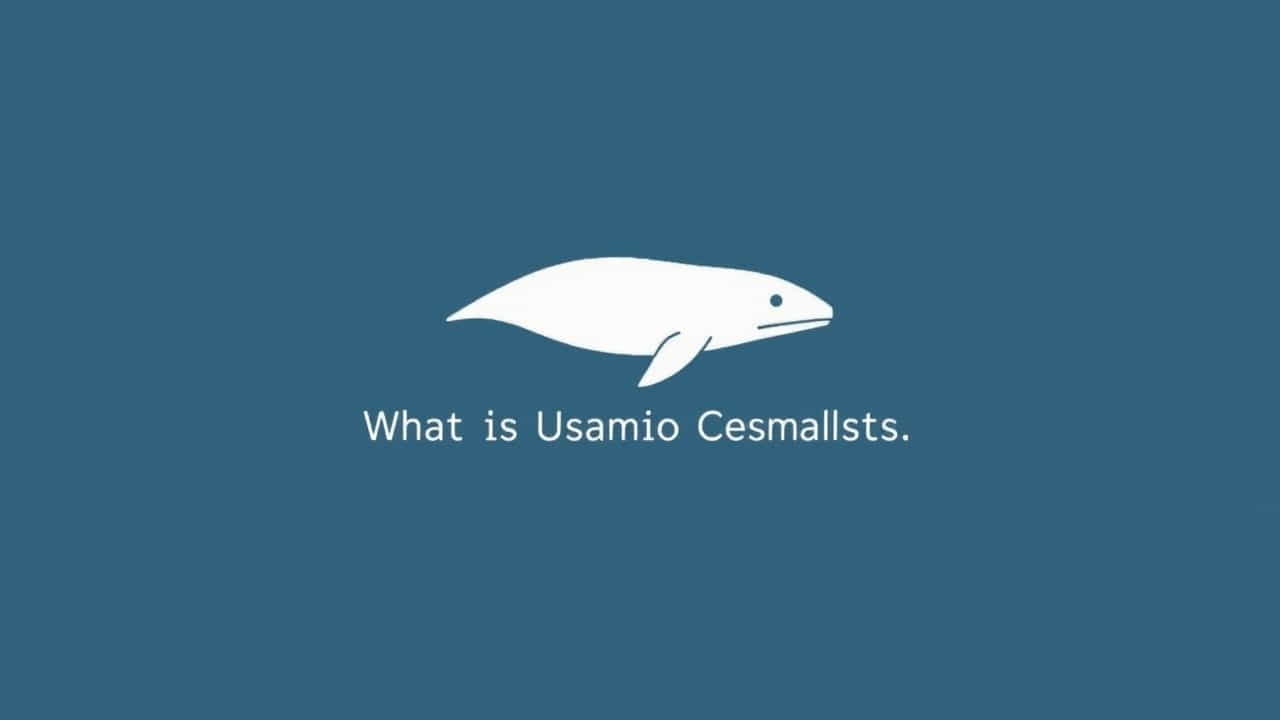What Is the Smallest Cetacean? Discover the Vaquita and Other Tiny Marine MammalsWhen we think of cetaceans, large whales and dolphins often come to mind. But did you know that the world’s smallest cetacean is a tiny, elusive creature called the vaquita? This small marine mammal is not only the smallest cetacean but also one of the most endangered animals on Earth. In this topic, we’ll explore what the smallest cetacean is, its characteristics, habitat, diet, threats, and why its conservation is critical.
What Is a Cetacean?
Before diving into details, let’s clarify what a cetacean is. Cetaceans are a group of marine mammals that include whales, dolphins, and porpoises. They are fully aquatic, breathing air through lungs and using blowholes on top of their heads. These animals are highly intelligent and adapted to life in the oceans.
The Smallest Cetacean: The Vaquita
The smallest cetacean is the vaquita (Phocoena sinus). This rare porpoise is found only in the northern part of the Gulf of California, Mexico. It is both tiny and shy, making it difficult to spot.
Physical Characteristics of the Vaquita
1. Size
The vaquita is the smallest cetacean in the world, measuring around 4 to 5 feet (1.2 to 1.5 meters) in length and weighing about 95 pounds (43 kilograms).
2. Appearance
Vaquitas have a rounded body, small fins, and a short snout. Their bodies are gray with a pale underside and darker areas around the eyes and mouth, giving them a distinct smiling” appearance.
3. Distinct Features
Their dark eye patches and lip markings are among their most notable traits, helping researchers identify them easily in photos or field observations.
Where Does the Vaquita Live?
1. Limited Range
Vaquitas live in a very restricted area: the northern end of the Gulf of California. They prefer shallow, murky waters that are less than 150 meters deep.
2. Habitat Preferences
They tend to stay in calm waters, away from strong currents and open ocean, making them very localized in their habitat.
What Do Vaquitas Eat?
1. Diet
Vaquitas feed on small fish, crustaceans, and squid. They are opportunistic feeders and use echolocation to find prey in the murky waters where they live.
2. Hunting Behavior
They typically hunt close to the seafloor, searching for fish and small marine organisms hiding in the sediment.
Behavior and Lifestyle
1. Shy and Elusive
Vaquitas are known for being very shy. They rarely jump out of the water or engage in acrobatic displays like dolphins.
2. Solitary or Small Groups
They are usually seen alone or in pairs, although small groups of up to seven individuals have been observed.
3. Communication
Vaquitas use high-frequency clicks for echolocation, which are beyond the hearing range of humans and many predators.
The Endangered Status of the Vaquita
1. Critically Endangered
The vaquita is listed as critically endangered on the IUCN Red List. As of recent estimates, fewer than 10 individuals are believed to remain in the wild.
2. Main Threats
The biggest threat to vaquitas is bycatch accidental entanglement in illegal gillnets used for fishing another endangered species, the totoaba fish.
3. The Impact of Gillnets
Gillnets trap vaquitas underwater, preventing them from surfacing to breathe, causing them to drown.
Conservation Efforts
1. Bans and Regulations
Mexico has imposed bans on gillnets in the vaquita’s habitat. However, illegal fishing continues to be a problem.
2. Protected Areas
Marine protected areas have been established to safeguard vaquita populations, though enforcement remains challenging.
3. International Support
Organizations around the world are raising awareness and providing resources to help save the vaquita from extinction.
4. The Role of Education
Educating local communities and reducing demand for illegally caught totoaba fish are crucial steps in protecting vaquitas.
Other Small Cetaceans
1. Hector’s Dolphin
Another small cetacean is Hector’s dolphin, found around New Zealand. It measures around 4 to 5 feet long, similar in size to the vaquita, but is more numerous.
2. Harbor Porpoise
The harbor porpoise is also small, reaching up to 5.5 feet in length and commonly found in cold coastal waters of the Northern Hemisphere.
3. Commerson’s Dolphin
Commerson’s dolphin, with a distinctive black and white pattern, is another small cetacean measuring around 4.5 feet in length.
Why Are Small Cetaceans Important?
1. Ecosystem Balance
Small cetaceans help control populations of fish and invertebrates, maintaining a healthy marine ecosystem.
2. Indicators of Ocean Health
Because they are sensitive to pollution and overfishing, their presence and well-being can indicate the overall health of marine environments.
3. Part of the Food Chain
They are both predators and prey, playing a vital role in the food web by feeding on smaller fish and being preyed upon by larger marine animals.
Fun Facts About the Vaquita
-
Vaquita means “little cow” in Spanish.
-
They were only discovered in 1958, making them one of the most recently identified marine mammals.
-
Vaquitas are the rarest and most endangered cetacean on Earth.
-
Unlike dolphins, they are not known for jumping or playful behavior.
-
They can live up to around 20 years, though many do not survive due to human threats.
What Can We Do to Help?
1. Raise Awareness
Spreading the word about the vaquita’s plight can encourage responsible fishing practices and greater conservation efforts.
2. Support Conservation Groups
Donations and volunteering with reputable marine conservation organizations help fund research and enforcement of fishing regulations.
3. Responsible Consumption
Avoiding seafood sourced from areas that use harmful fishing practices can reduce bycatch and protect small cetaceans.
The smallest cetacean in the world, the vaquita, is a remarkable marine mammal that highlights the fragility of ocean ecosystems. Although small in size, its story carries a huge message about the impact of human activity on wildlife. With fewer than ten left in the wild, immediate action is essential to prevent the extinction of this tiny porpoise. Through education, conservation, and global effort, we can still hope for a future where the world’s smallest cetacean thrives once again.
“
